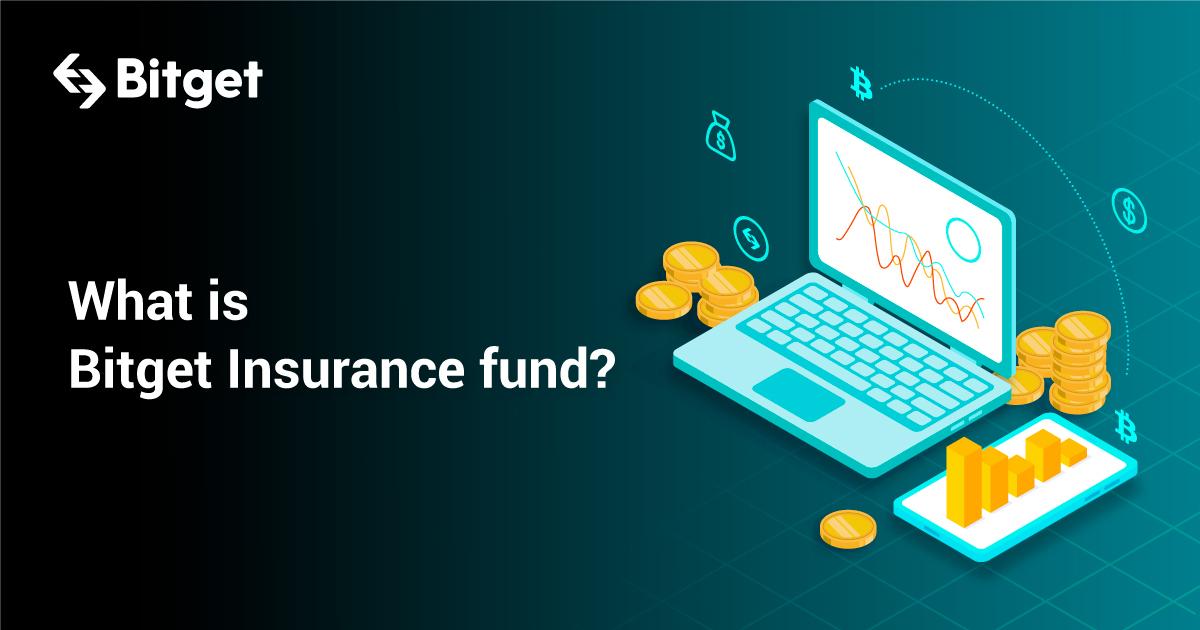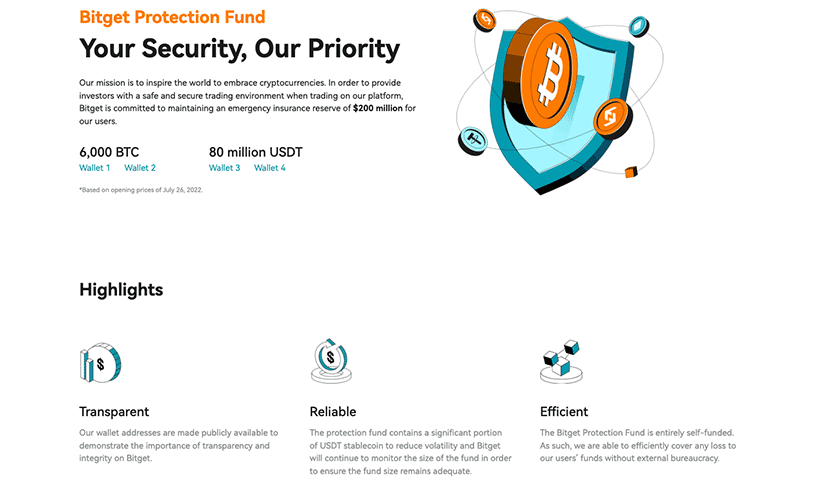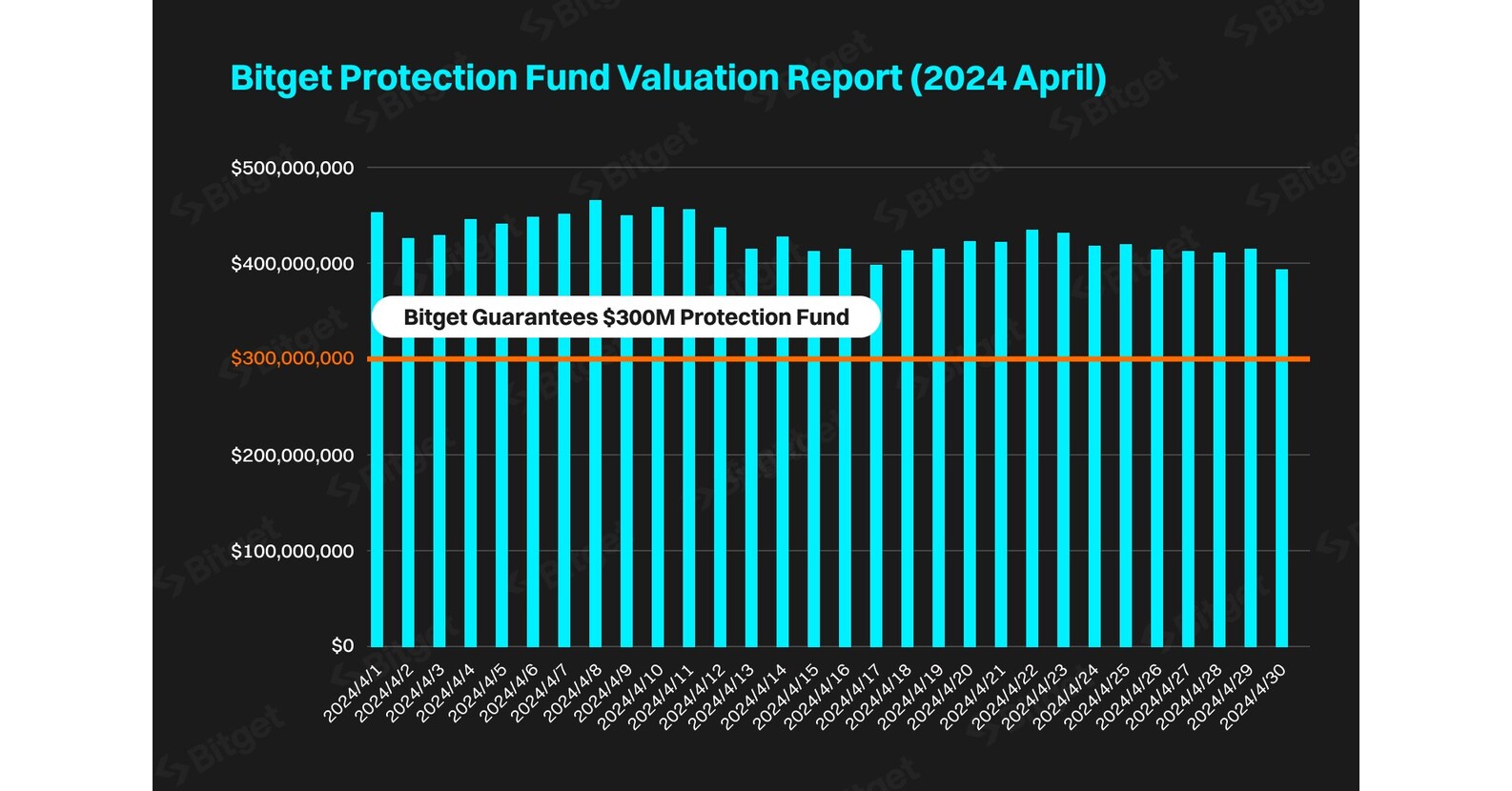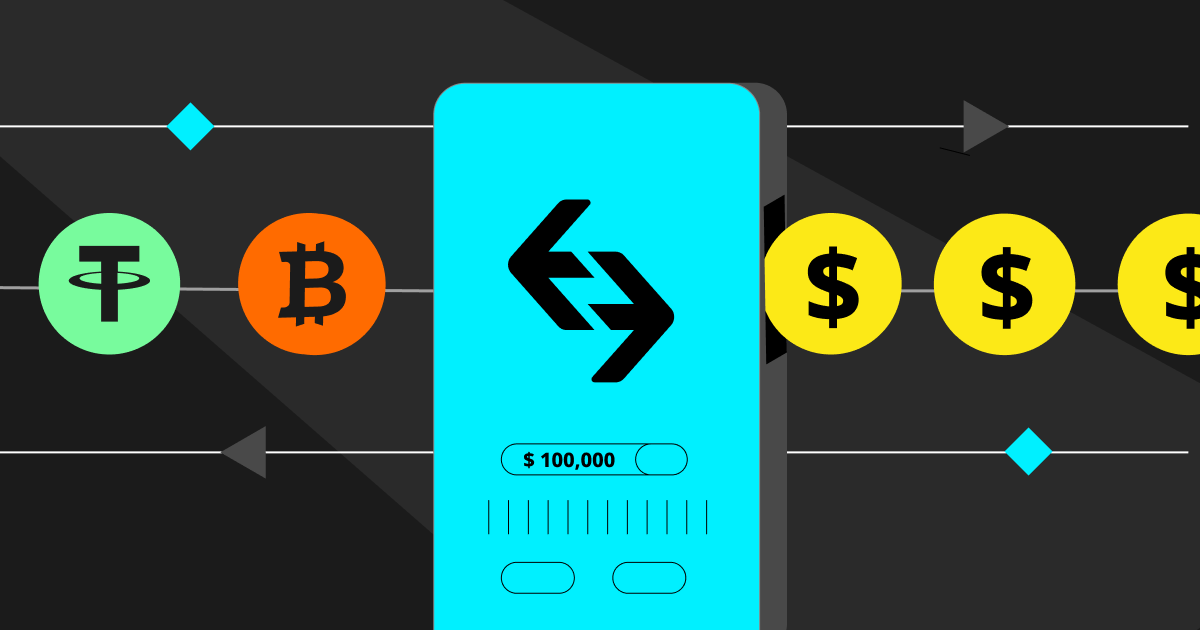
Volatility and risk are inevitable. The high-profit potential often comes with equally high risks, particularly when leveraged positions and large volumes are involved. Whether you’re a seasoned trader or just starting, securing your assets is paramount to successful trading.
One of the most critical aspects of any cryptocurrency exchange that offers leveraged trading is the insurance fund. Bitget, one of the leading global crypto derivatives exchanges, has created a robust and self-funded Insurance Fund designed to help protect traders from the potentially devastating consequences of extreme market fluctuations. In this article, we will dive deep into the concept of the Bitget Insurance Fund, how it works, and why it is essential to your confidence and security in crypto trading in 2025.
What Is the Bitget Insurance Fund?
The Bitget Insurance Fund is a key protective mechanism that acts as a financial safety net for traders engaging in leveraged trading. Its primary role is to minimize the risks associated with forced liquidations, ensuring that traders can operate with confidence even during periods of extreme market volatility.
Whenever a liquidation occurs, the insurance fund helps cover any potential losses that may arise from positions that cannot be closed at favorable prices. This ensures that traders do not suffer the full brunt of liquidations, providing an additional layer of security to their trades.
At its core, the Bitget Insurance Fund is designed to protect both traders and the integrity of the platform by offering a buffer against market risks and preventing cascading liquidations from negatively affecting the broader ecosystem.

How Does the Bitget Insurance Fund Work?
The Bitget Insurance Fund is a cushion for traders facing potential losses due to extreme market movements or adverse conditions. Here’s how it functions:
Bankruptcy Price and Liquidation Price
When a position is forcibly closed due to liquidation, two key price points come into play: the bankruptcy price and the liquidation price. The bankruptcy price refers to the price at which the position should be liquidated if there is not enough margin to support the trade. The liquidation price is the actual price at which the position is executed during the liquidation process.
Covering Losses and Replenishing the Fund
The balance of the Bitget Insurance Fund adjusts based on the difference between the bankruptcy price and the liquidation price:
- If the liquidation occurs at a better price than the bankruptcy price, the remaining margin from the position is added to the insurance fund.
- If the liquidation occurs at a worse price, the Bitget Insurance Fund covers the losses, ensuring that traders’ positions are protected from the worst-case scenario.
This dynamic protection mechanism ensures that users are shielded from the negative impacts of market fluctuations, offering confidence that their funds are secured, even in times of high risk.

Why Is the Bitget Insurance Fund Essential for Crypto Traders?
The Bitget Insurance Fund is an indispensable tool for traders engaging in leveraged positions. Here’s why it’s crucial:
Protects Against Forced Liquidation
In the crypto market, liquidations are a common occurrence, especially during periods of high volatility. A forced liquidation happens when a trader’s position is closed due to insufficient margin to cover the potential losses. This can occur when prices move rapidly against a position, and the trader’s collateral is not enough to maintain the position.
With the Bitget Insurance Fund, traders are protected from the full financial impact of forced liquidations. Instead of absorbing all the loss, the insurance fund steps in to cover the difference, ensuring that the trader’s assets are not entirely wiped out. This is particularly important for those using high leverage, as a sudden price swing could lead to significant losses if not for the insurance fund.
Prevents Negative Impact on Other Traders
Without the insurance fund, extreme liquidations could create a ripple effect that negatively impacts other traders on the platform. In such a scenario, the liquidation of large positions could lead to cascading effects, causing other traders to experience losses.
However, the Bitget Insurance Fund helps isolate these risks. By absorbing the losses from liquidations, it prevents the adverse impact from spreading throughout the trading ecosystem. This contributes to the overall stability of the platform, ensuring that traders can continue to trade with confidence.
Reduces the Risk of ADL (Auto-Deleveraging)
When the insurance fund is insufficient to cover all liquidations, the platform’s Auto-Deleveraging (ADL) system comes into play. This system helps absorb losses by adjusting the positions of traders with large margin balances. While ADL is a necessary mechanism in extreme circumstances, it can lead to additional risks for users who are affected by it.
By having a healthy Bitget Insurance Fund, the platform reduces the chances of ADL being triggered, allowing traders to trade more freely without worrying about having their positions adjusted automatically.
How Can You Monitor the Bitget Insurance Fund Balance?
One of the standout features of the Bitget Insurance Fund is its transparency. Traders can easily monitor the balance of the insurance fund to ensure that it is sufficient to cover potential risks. This level of visibility provides users with the assurance that their assets are protected.
To check the balance of the Bitget Insurance Fund, simply follow these steps:
- Go to the Futures section on the Bitget platform.
- Click on Futures Info.
- Select Provision of Risks to view the current balance of the fund.
The balance of the insurance fund is also visible through the Bitget Risk Foundation page, where users can see the public wallets holding the fund.
What Happens if the Bitget Insurance Fund Is Depleted?
While the Bitget Insurance Fund is designed to cover most risks, there is still a possibility that it may not be able to fully absorb all liquidation losses, especially in cases of extreme market conditions. If the fund is insufficient to cover the gap between the bankruptcy price and the executed liquidation price, the platform’s Auto-Deleveraging (ADL) system will be activated.
The ADL system absorbs the remaining losses by distributing them to the platform’s traders with the largest margin balances. These traders are ranked in a tiered manner, and the losses are absorbed by them based on their standing. For example:
- If a 100,000 USDT loss occurs, and the insurance fund is only able to cover 80,000 USDT, the remaining 20,000 USDT will be absorbed by traders in the highest margin tier, as per the ADL mechanism.
This ensures that the platform remains solvent and that the trading environment remains stable. However, it also underscores the importance of maintaining a healthy insurance fund to reduce the reliance on the ADL system.
Bitget Protection Fund vs. Bitget Insurance Fund: What’s the Difference?
Bitget offers a comprehensive safety framework for its users through two distinct yet complementary funds: the Bitget Insurance Fund and the Bitget Protection Fund. Both funds are designed to address different types of risks, providing a well-rounded safety net for traders.
The Bitget Protection Fund is a self-funded reserve of $639 million, which is stored in publicly visible wallets to ensure transparency. This fund is dedicated to protecting users against external threats such as hacking, theft, or unforeseen security breaches. In the event of a major incident, the Protection Fund is activated to cover losses, ensuring that traders are reimbursed and the platform’s reputation remains intact.
On the other hand, the Bitget Insurance Fund focuses on managing risks related to leveraged trading. It plays a crucial role in mitigating the impact of forced liquidations, which can occur when market volatility leads to significant losses for traders. The Insurance Fund ensures that even in extreme market conditions, the fund can absorb the losses and prevent the closure of profitable positions due to liquidation events.
By maintaining both funds, Bitget provides its users with an enhanced level of security and confidence, knowing that their assets are well-protected, regardless of market fluctuations or external threats. Together, these funds contribute to a safe and reliable trading environment.

Benefits of Using the Bitget Insurance Fund
The Bitget Insurance Fund provides a range of benefits to traders, including:
- Increased Confidence in Trading: With the safety net provided by the insurance fund, traders can engage in leveraged trading without fear of losing all their assets in case of a liquidation.
- Reduced Risk Exposure: The fund helps minimize the risks associated with liquidations, particularly during periods of high volatility.
- Platform Stability: The presence of an insurance fund ensures that the platform remains stable, even in times of market stress, preventing a negative cascade effect.
- Enhanced Security: By covering potential losses from liquidations, the Bitget Insurance Fund enhances the overall security of the platform, giving traders peace of mind.

Is the Bitget Insurance Fund Worth It?
The Bitget Insurance Fund is a crucial component of Bitget’s trading platform, offering protection against the risks of leveraged trading and forced liquidations. With its transparency, self-sufficiency, and ability to reduce the impact of market volatility, the Bitget Insurance Fund enhances traders’ confidence, allowing them to trade with a higher level of security.
In 2025, as the crypto market continues to evolve, the Bitget Insurance Fund remains an essential feature for traders looking to maximize their security and minimize the risks associated with crypto trading. If you’re considering trading on Bitget, the insurance fund is one of the key factors that can provide you with the peace of mind needed to engage confidently in the volatile world of cryptocurrencies.























